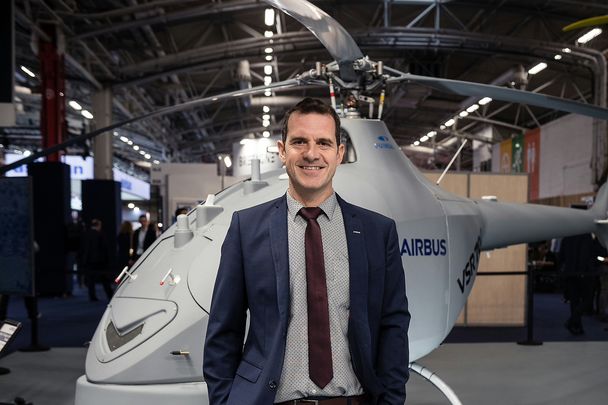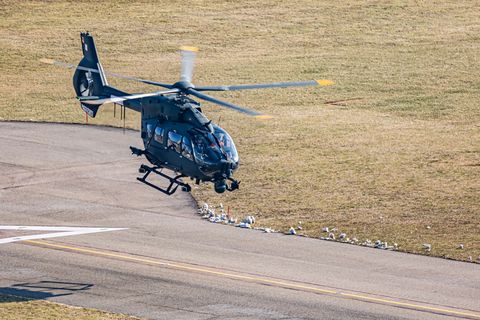Intelligent collaboration: the future of manned-unmanned teaming

Unmanned aerial systems already play important roles in military and civil operations. With technology becoming more sophisticated and able to offer operators innovative mission capabilities, Nicolas Delmas, Airbus Helicopters Head of UAS and the VSR programme, underlines that in the future manned and unmanned assets working alongside each other will be essential.
Why is unmanned such a priority?
Nicolas Delmas: The priority is driven by the needs of our customers. When you look at the geopolitical context and in particular the war in Ukraine, we have seen a huge increase of drone applications for military needs in contested areas. Various types of drones of various sizes have been deployed for different missions: strike, attack, logistics, reconnaissance. Drones today are able to perform missions in what we call 3D environments: dull, dirty and dangerous. They can perform these missions with less risk and lower cost than a manned asset.
We also recognise that having the capacity to foster collaborations between manned and unmanned assets is an opportunity to gain a clear tactical advantage, and to combine the capabilities and effects of both manned and unmanned platforms. So, this is already a huge priority for militaries and there is recognition that it can only become more important.
What is Airbus Helicopter’s strategy for unmanned aircraft systems (UAS)?
Nicolas Delmas: Our ambition is to answer our customers’ needs by proposing a complete range of multi‑mission UAS together with interoperability capabilities and grow our drone business in the tactical domain. In order to achieve this ambition, our first priority is to extend and grow our range of products and services. We can do that with organic developments like we’ve done with the VSR700, but we can also contemplate some merging and acquisition opportunities. Second, we want to propose interoperability, which means collaboration between a manned asset and a drone, of any size. Finally, we need to consolidate the foundations, the ground on which we want to develop our drone business.
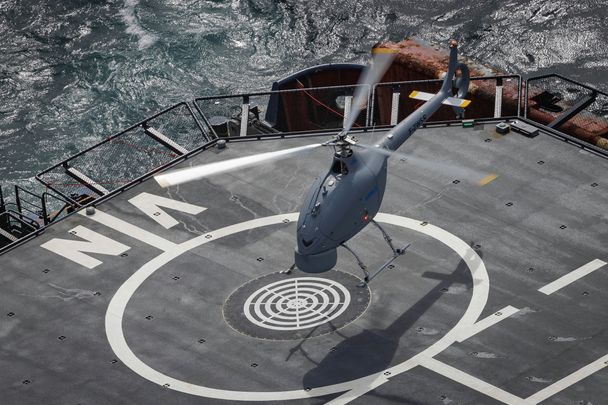
Can you bring to life the journey so far?
Nicolas Delmas: At the end of 2017 we signed a de -risking study with the DGA (Direction Générale de l’armement, the French defence procurement agency) with the aim of studying a UAS that would be capable of performing intelligence, surveillance and reconnaissance (ISR) missions in a military maritime environment, on board frigates. In 2018, we officially created the UAS and VSR programme directorate, and installed the team in Les Milles, Aix-en-Provence, in order to gather together every key stakeholder that would contribute to this first step of UAS activity.
These efforts have been very positive. We developed a fully mission-capable prototype which delivered an entire campaign on board a French frigate, at the end of last year. The campaign went very well and demonstrated that the full system in an intelligence, surveillance, target acquisition and reconnaissance (ISTAR) configuration was able to be integrated on an operational French Navy vessel, at sea.
In the meantime, we have also developed specific ‘unmanned’ technobricks that of course are used on the VSR700, but which are also transversal so can be used for other programmes, such as an optionally piloted vehicle (OPV). In developing the VSR700 we have acquired key know-how, for example in terms of performing autonomous missions, which could eventually be applied elsewhere throughout the range or to other products.
Additionally, we have acquired critical UAS competencies, developed them and grown the complete ecosystem— integrating stakeholders into our network and maturing the technologies, which are necessary for UAS and their missions. We have Hélicoptères Guimbal as a platform provider, Diades Marine who provide the radar and Naval Group who have developed the mission system.
We also decided to acquire an American company that manufactures the Flexrotor, a 25 -kg drone, which perfectly complements the VSR700 on the tactical range. Thanks to its hybrid capacities, it is able to perform missions in challenging maritime environments. The Flexrotor will open new opportunities for interoperability with many assets of our current helicopter range.
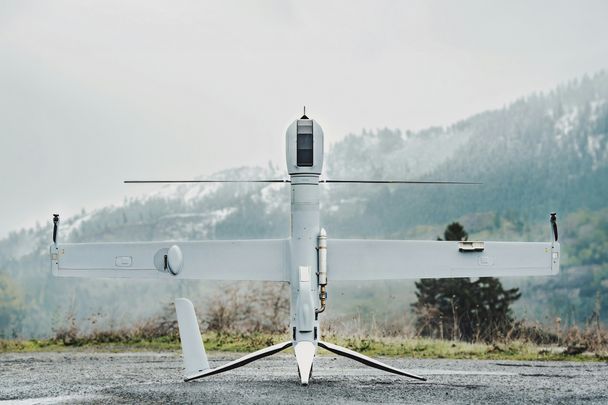
How do you see UAS operating alongside traditional vertical lift solutions or even fixed wing aircraft?
Nicolas Delmas: We need to develop the capacity for intelligent collaboration. It requires the development and maturing of specific technologies that will enable the connection of all our systems; drones with helicopters or fixed wings. We have to ensure that these connections are robust, secure and that they can perform in contested environments.
Part of this ‘intelligent collaboration’ means increasing the autonomy we give to drones, because it enables them to fly in environments with other manned assets, other fixed wing aircraft or other helicopters whilst also possibly being able to operate close to the ground. We can also provide the drone with intelligent swarming capabilities, which means that drones can interact with each other, transfer data from one another, analyse it, treat the data, and adapt their mission independently of what the operator in the manned asset could do.
It’s key, of course, to increase the overall performance of the network you create, but it’s also an obvious way to reduce the operator workload. More autonomy for drones will mean less workload for the operators.
How much do Airbus Helicopters unmanned solutions depend on collaboration with Airbus Defence and Space?
Nicolas Delmas: Yes, collaboration with Airbus Defence and Space on the UAS topic is an important part of our strategy. Airbus Defence and Space and Airbus Helicopters have a really complementary product range in terms of UAS. Our respective activities need to be consistent with the global UAS ambition, but they also need to enable us to leverage synergies from a technical standpoint and possibly even a commercial standpoint.
Airbus Defence and Space has already provided some technologies. For instance, they developed the ground station that currently equips our VSR700 prototype, but also the famous deck finder system that we use during maritime operations on board the frigate to guide the drone, with very high accuracy, up to the landing point on the deck of a moving ship. For interoperability, our development roadmap relies on this collaboration.
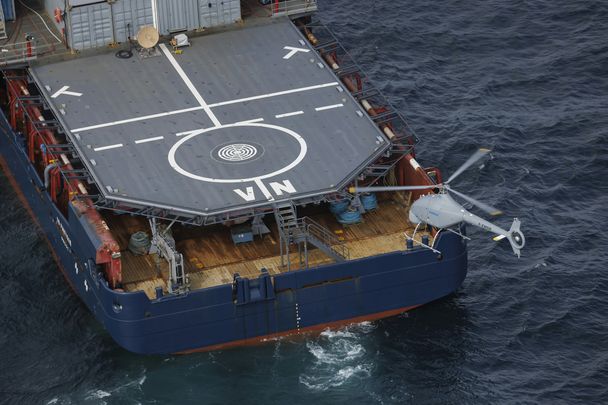
What is next on the horizon?
Nicolas Delmas: For MUM-T the European Defence Fund has created the ‘Musher’ project, of which we are a part, alongside other important European stakeholders, meaning we are actively involved in building manned-unmanned teaming capabilities for a future European combat air system. Musher’s objective is ultimately to increase and optimise cooperation between the European Union’s armed forces, especially around the interoperability of their assets.
Part of the project will see the design of a scalable European manned-unmanned teaming system, allowing helicopters and unmanned aerial vehicles (UAV) from European forces to train together in operational scenarios and ultimately deliver optimal missions with high-level interoperability and UAV autonomy, in the safest possible environment. The first part of the project will take place in October 2024.
In terms of what’s next for the VSR700, we have developed a prototype which is today fully capable of delivering a mission in maritime environments. It is a real pillar for our UAS range. It’s a high -performance, compact, versatile, multi -mission UAS, with a wide range of equipment and sensors allowing it to deliver a range of missions. We of course expect to develop some export versions, based on this first serial version, to which we will add some additional mission capabilities, such as cargo and anti -submarine warfare.
Finally, from an operability standpoint, we are currently working to refine our development roadmap with the global target to propose to our customers the first concrete interoperability capabilities around 2027.
